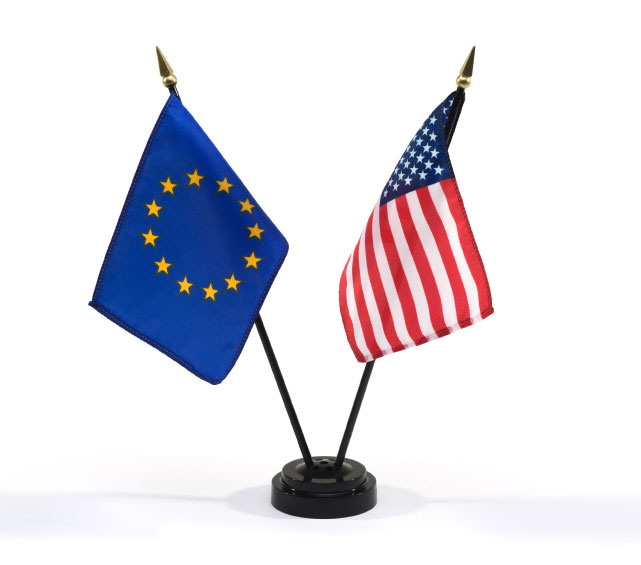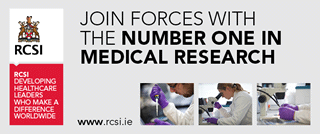EU and US Pledge to Recognize Each Other’s GMP Inspections
 In a landmark decision, the United States FDA and the European Commission announced on March 2, 2017 that they will recognize each other’s inspection assessments at pharmaceutical manufacturing facilities. The Mutual Recognition Agreement amends the 1998 agreement on good manufacturing practices and comes three years after initial discussions began.
In a landmark decision, the United States FDA and the European Commission announced on March 2, 2017 that they will recognize each other’s inspection assessments at pharmaceutical manufacturing facilities. The Mutual Recognition Agreement amends the 1998 agreement on good manufacturing practices and comes three years after initial discussions began.
According to an FDA press release, FDA has already observed 14 audits of drug investigators across the EU through the EU’s Joint Audit Programme, including an audit of a Swedish inspectorate by Norway and the United Kingdom. FDA plans to observe more audits throughout 2017. “The enhanced cooperation with US regulatory authorities will improve the EU’s ability to identify and address problems at factories before they become a public health risk,” a release from the European Commission noted. “It will also reduce the administrative burdens and costs facing pharmaceutical manufacturers, including smaller producers.” The prevailing idea behind the agreement is that each agency would then be able to reallocate its inspection resources to other areas of need.
Inspections will be officially recognized beginning in November 2017. The agreement follows a 2012 initiative—the Food and Drug Administration Safety and Innovation Act—which allowed FDA to accept the inspections of foreign regulatory authorities if they were determined to be in alignment with US policies and requirements. Within the text of the agreement, the agencies note that inspection requirements can be considered “equivalent” even if the actual procedures within each agency are not identical.
Any new controls or changes to existing GMP requirements will be discussed by both parties in the spirit of cooperation and information exchange, the text of the agreement explained. For now, the agreement will cover pharmaceuticals made for humans (except for vaccine and plasma-derived products), but by 2019 the committee will make a decision about the inclusion of veterinary products. By 2020, the committee will announce a decision about whether it plans to include vaccines and blood-based products within the product coverage of the agreement.
Written by Randi Hernandez






